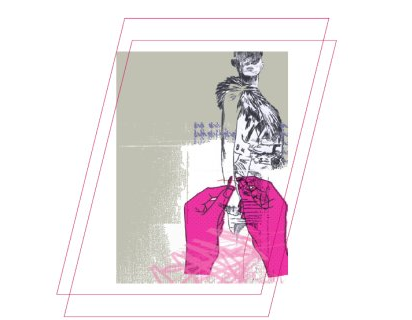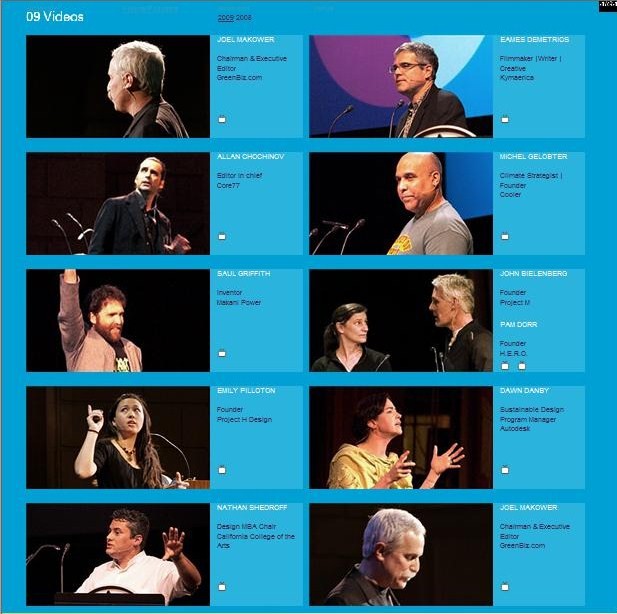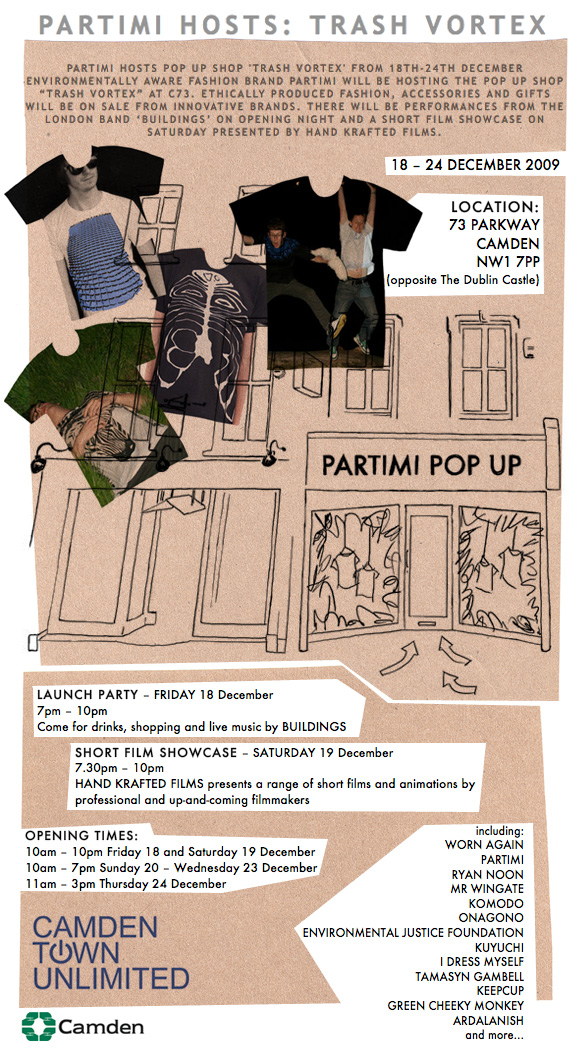Urgent Appeal: Haiti Earthquake
Red Cross: Canada, United States, United Kingdom
The United Nations: United Nations Foundation, UNHCR: The UN Refugee Agency, World Food Programme (WFP), UNICEF
If you a business, please visit the United Nations-Business website, Partnering for a Better World, and learn more about what your organization can do to offer much needed humanitarian relief and assistance both in Haiti and elsewhere.
Both Gildan and Hanesbrands were quick to pacify their shareholders this week, announcing how they would handle the situation. How will the earthquake impact workers? Here is what Michael Flanagan at Clothesource had to say:
“It’s impossible to know with any certainty how much devastation the recent earthquake has caused in Haiti. But, just a day after the quake hit, two unspoken tragedies are revealing themselves.
The first lies in our industry’s response. Clients of the country’s 25 garment factories have first to reassure the market that the earthquake is not going to damage buyers’ own commercial viability. Issuing statements about moving production to Asia or the Dominican Republic sounds harsh and unfeeling: but companies making these statements have no real alternative: US stock market rules require them to inform shareholders of important events that affect them – and if it’s known you’ve got or use a factory in Haiti, you really have to tell the market what you’re doing about the fact that goods can’t move in or out.
The tragedy isn’t that Hanesbrands and Gildan have announced they’re moving production so quickly: it’s what’s going to happen to the workers.” (Michael Flanagan, Clothesource)
Click here to read the full article, “Haiti’s unspoken tragedies”.
Now, here is a small roundup of some of the stories, headlines, and updates you may be interested in from in and around the community of socially responsible fashion design.
Articles of interest:
 Now deluding a new group. This decades new Shangri-La myth
Now deluding a new group. This decades new Shangri-La myth
Colin Firth’s wife Livia’s green carpet challenge
Which is better for the environment, fake fur or real fur?
Green Q&A: How eco-friendly is the fashion industry?
Why We Need a Cultural Revolution in Consumption
H and M Says It Will No Longer Destroy Unworn Garments
Core 77
Absence makes for appreciation: A theatre director reflects on design
Ecouterre
Does the Art of Craft and Handmade Matter in Fashion?
16 Eco-Fashion Predictions for 2010
Treehugger
Fashion New York 2020 to Bolster Disposable Buying Cycle?
Where New York’s Unsold Clothing Is Suppose To Go
Centre for Sustainable Fashion
The Centre for Sustainable Fashion’s Nina Stevenson, in response to the video below: “Seriously, how can we not be asking questions about the production conditions of a £4 pair of badly fitting jeans?” She recommends that DIY’ers everywhere use this video as a prompt to alter garments they already have, and not to purchase new ones.
In SA news, we have (at last) jumped on the Facebook bandwagon. Click here to become a fan!











